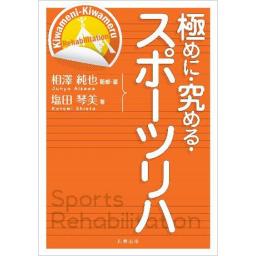1) 小林寛和編 : アスリートのリハビリテーションとリコンディショニング <下巻> プログラミングの実際と手法の活用-リスクマネジメントに基づいたアプローチ (Skill-Upリハビリテーション & リコンディショニング). 文光堂, 2012年.
2) 一般社団法人日本スポーツ医学検定機構編著 : スポーツ医学検定 公式テキスト. 東洋館出版社, 2017年.
3) Kristianslund E, Faul O, et al : Sidestep cutting technique and knee abduction loading : implications for ACL prevention exercises. Br J Sports Med 2014 ; 48 : 779-83.
4) Koshino Y, Ishida T, et al : Toe-in landing increases the ankle inversion angle and moment during single-leg landing : Implications in the prevention of lateral ankle sprains. J Sport Rehabil 2017 ; 26 : 530-5.
5) Dai B, Butler RJ, et al : Using ground reaction force to predict knee kinetic asymmetry following anterior cruciateligament reconstruction. Scand J Med Sci Sports 2014 ; 24 : 974-81.
6) Luc-Harkey BA, Franz JR, et al : Real-time biofeedback can increase and decrease vertical ground reaction force, knee flexion excursion, and knee extension moment during walking in individuals with anterior cruciateligament reconstruction. J Biomech 2018 ; 76 : 94-102.
7) Hunt MA, Birmingham TB, et al : Associations among knee adduction moment, frontal plane ground reaction force, and lever arm during walking in patients with kneeosteoarthritis. J Biomech 2006 ; 39 : 2213-20.
